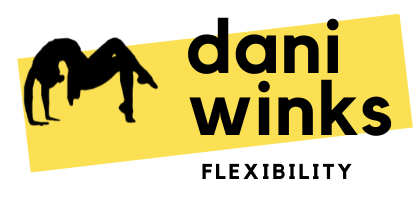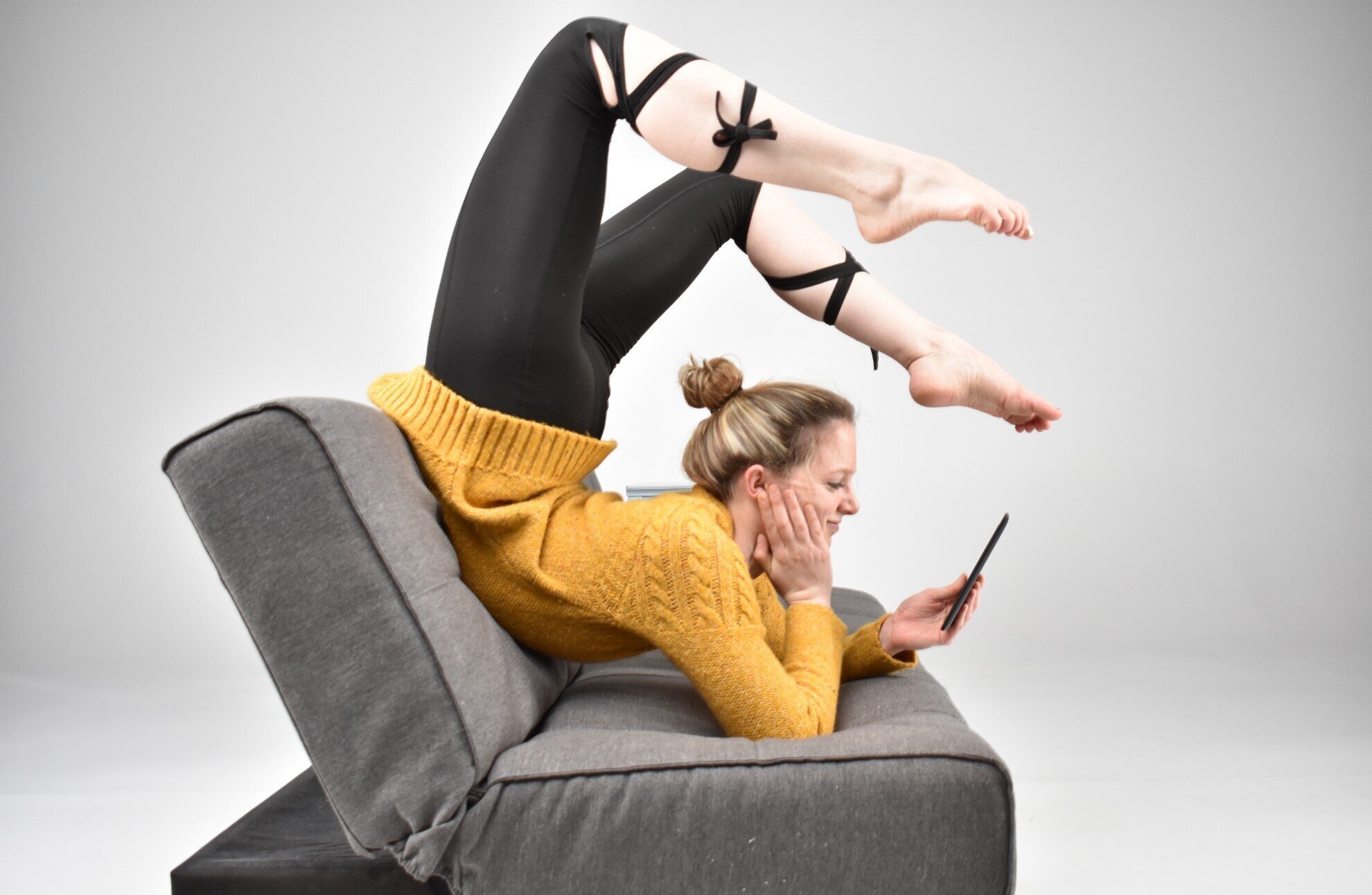TIPS, TRICKS & HOW-TOs
The Bendy Blog: Flexibility Training Articles
Filter posts by topic:
All Posts / Bridges / Contortion / Front Splits / General Back Flexibility / General Flexibility Tips / General Lower Body Flexibility / Middle Splits / Neurodynamics / Shoulders / Straddles / Yoga /
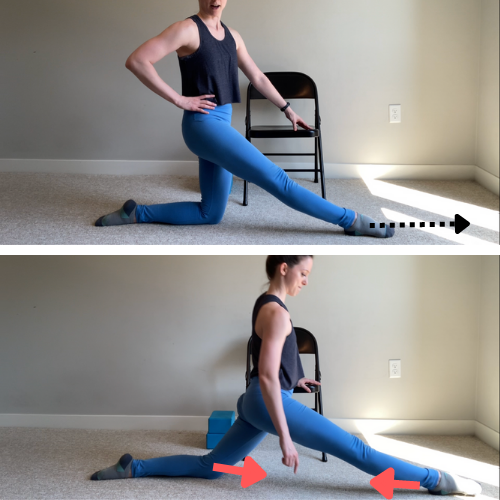
Work Your Active Split Flexibility with Front Split Slides
If you’re looking to train flatter (and stronger!) front splits, working on your active flexibility is a must - particularly working on strengthening your hamstrings and hip flexors while they’re at their end range of motion. These sliding drills below are one of my favorite ways to train active front splits because they strengthen our muscles across a pretty full range of motion, including the end range, helping increase our flexibility over time.
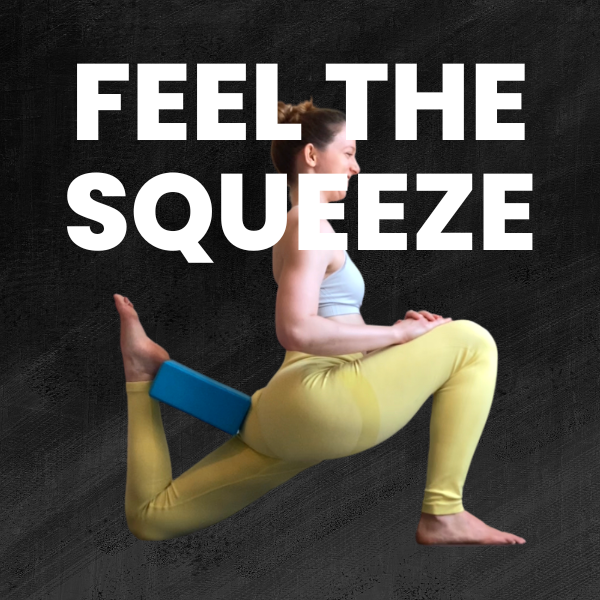
Advanced Quad and Hip Flexor Stretches for Contortion
If you’ve got relatively flexible hip flexors and quads (ex. you can easily pull your heel to your butt in a standing quad stretch, and/or you have flat splits) - it may be time to up your hip work for those muscle groups.
These are all deep anterior (front of the) hip stretches that may make you feel your quads like you’ve never felt them before!
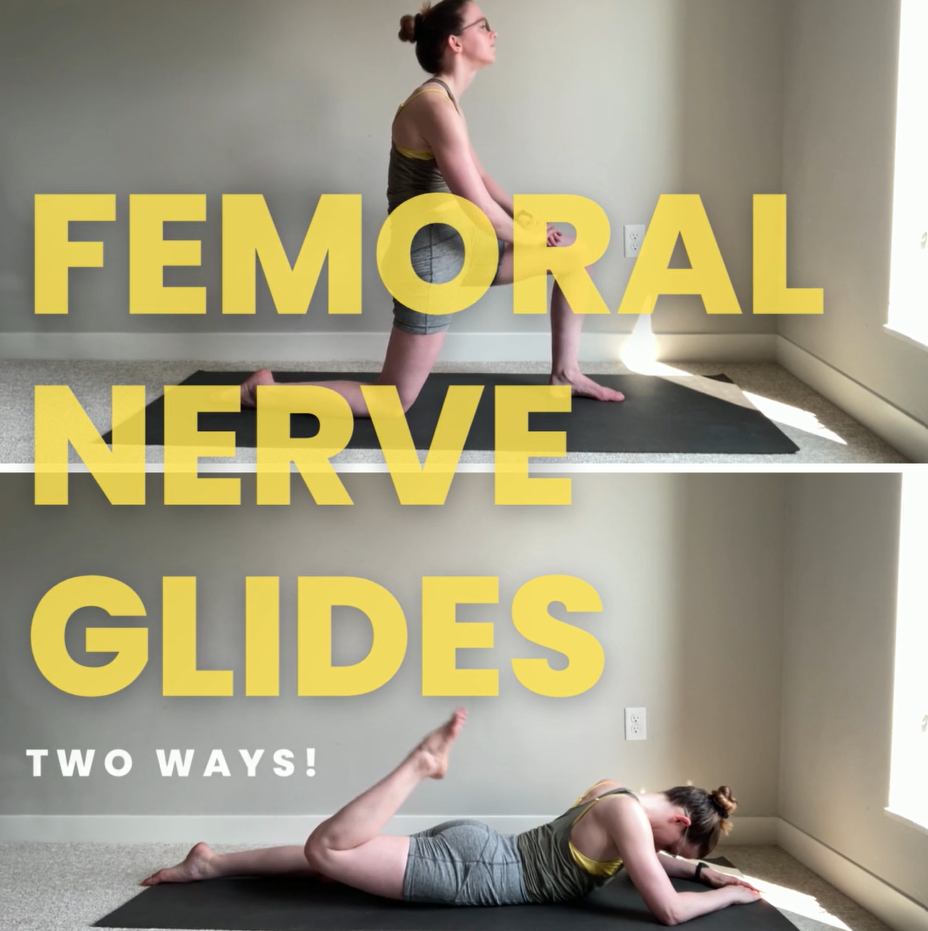
How To: Femoral Nerve Glide for Tight Hips (2 Ways!)
As a follow-up to Monday’s post, Stubbornly Tight Hip Flexors? Quick Test for Femoral Nerve Tension, here are two quick, easy nerve glides you can do to help un-stick your femoral nerve before lunging into deeper stretches (pun 100% intended).
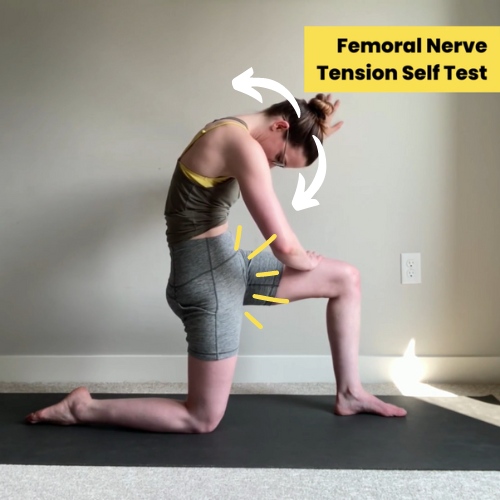
Stubbornly Tight Hip Flexors? Quick Test for Femoral Nerve Tension
Do you feel like your hip flexors (or quads) are always pretty stiff, even when doing regular, dedicated stretching? What if I told you the culprit may not be your tight muscles at all and no amount of passive lunges and hip stretches would really make a difference?
Time to learn about the role of our good ol’ femoral nerve and how it behaves differently in out stretches than our hip flexors and quad muscles.
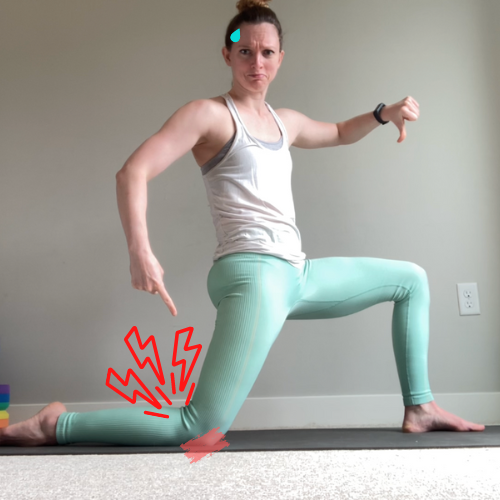
Help! My Knee Hurts in a Lunge
Knee discomfort - especially in the back knee - while doing a lunge is not uncommon for folks with tighter hips. There are many reasons you might be feeling some knee pain while in a lunging position: weak quads, tight quads, improper patella tracking, too much pressure on the patella, etc. Thankfully, there are several modifications you can try that can alleviate some of the pressure on your knee so that you can still stretch comfortably!
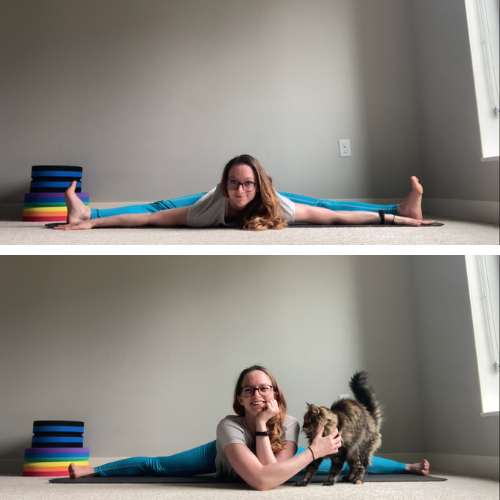
Straddle vs. Middle Split - What’s the Difference?
Having dabbled in the wide world of contortion training for 11+ years now, I’ve come to learn that there are some serious inconsistencies in naming conventions for stretches/poses. But when it comes to straddles and middle splits, all instructors can agree that these are distinctly different poses. Why does that matter to you? It influences what muscles you need to train to be able to do them, and informs the “proper” form for safely working on your hip flexibility for these shapes.
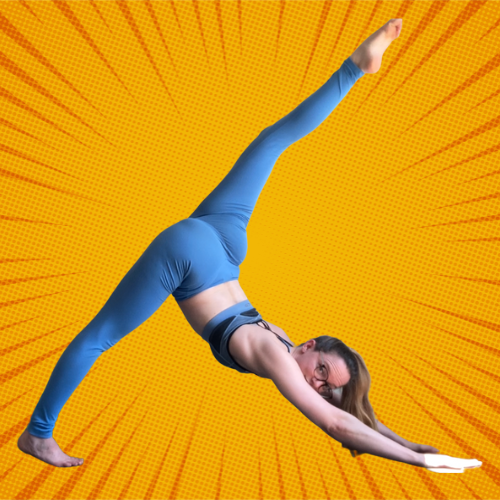
How To Get Your Leg Higher in Three-Legged Downward Dog
Feel like your lifting leg is a dead weight in Three Leg Down Dog (Tri Pada Adho Mukha Svanasana)? Does trying to lift your leg higher make your calves and hamstrings burn like the dickens? Then this post is for you!

Wrist Warm Up for Handstands
Warming up your wrists should always be a part of your handstand training (or really any training where your hands are bearing body weight, like pole dancing, bodyweight calisthenics, or contortion). Warming up your wrists will not only make your handstands more comfortable and help prevent wrist injuries, but you can include conditioning exercises to strengthen your wrists to make your balances stronger!

How To: Active Straddle Hover
“Straddle hovers” are one of my favorite exercises for active straddle flexibility - not only do they super strengthen your hamstrings, they also make you feel like Jean Claude Van Damme doing an epic split between between two semi trucks.
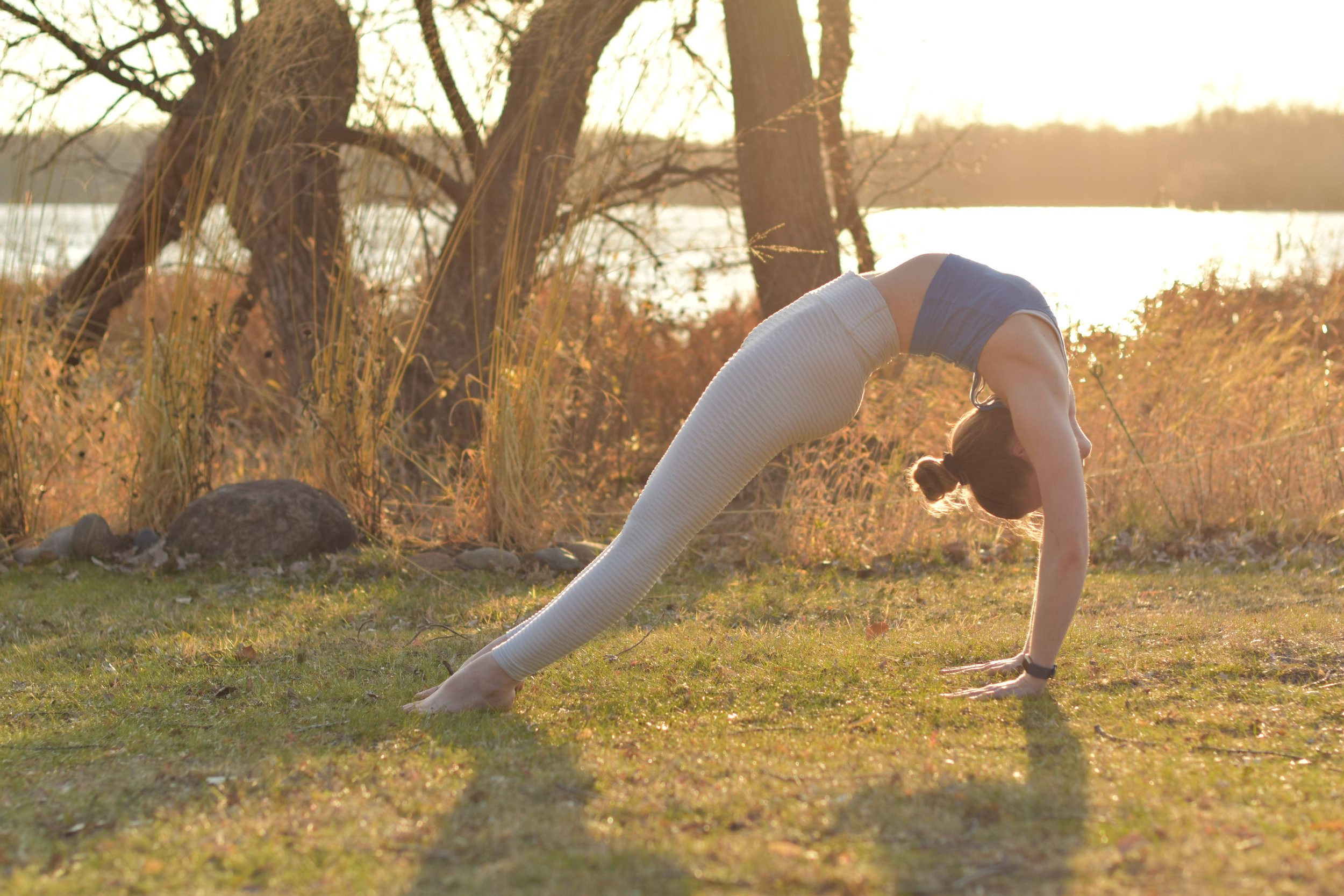
How to Get More Open Shoulders in a Bridge
If you feel like most of the bend in your bridge comes from your low back - you’re not alone! For the vast majority of the population, a bridge (or “full wheel” in yoga) is a low-back dominant pose, taking advantage of the natural curve of your lumbar spine. If your bendy aspirations are to even out your bend (and progress to deeper backbending poses), you’ll need to learn to recruit your shoulders and upper back.

Not Making Progress Stretching? 7 Reasons Why
Generally speaking, most people who have an effective training regimen can expect to see (or feel) some sort of progress in about 4-6 weeks. So if you’ve been diligently stretching for months but aren’t seeing any progress, it’s time to look at your stretching routine.
These are some of the most common mistakes I see people make when it comes to trying to train flexibility that can inhibit progress (or even lead to injury - backwards progress)…
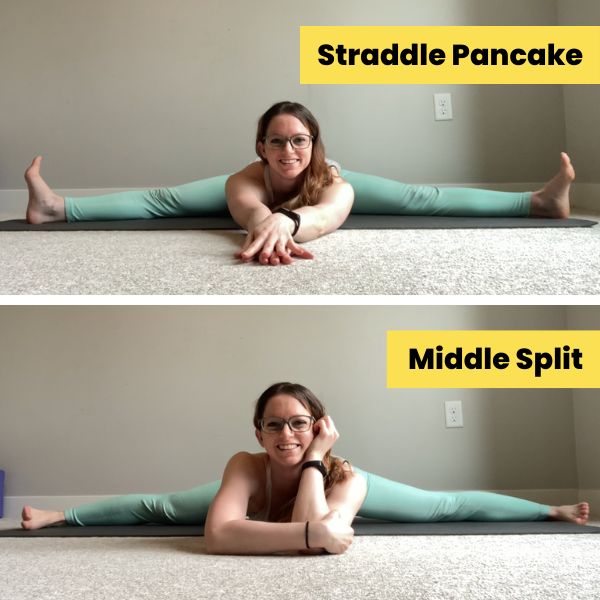
10-Minute Middle Split & Straddle Routine
This post is a long overdue follow up to my 10 Minute Front Splits Routine post from a couple of years ago. Below is a nice short stretching routine that’s a great foundation for working on your straddles and middle splits. Because both straddles and middle splits require inner thigh flexibility (quite a bit) and hamstring flexibility (straddle pancakes require a lot, middle splits just a little) - it’s helpful to work on them both at the same time.
